Sport
Dollar
42,2296
0.05 %Euro
48,8318
-0.1 %Gram Gold
5.537,4600
1.9 %Quarter Gold
9.222,3300
0 %Silver
67,4500
2.63 %Get more news stories and insights from TRT Global in 45 languages. Covering global topics, politics, business, sports, and more.
By Ambassador Anderbrhan Welde Giorgis
In our contemporary international system of nation states, most countries possess their own currency as an important element of national identity and economic prosperity.
Their central banks have the statutory right and legal authority to change it as deemed fit.
Changing a currency to align with political change, economic conditions, monetary policies, or technological developments need not be controversial at all; nor should it necessarily entail negative political, economic, financial, or military repercussions.
A currency is a legal tender that serves as a medium of exchange, a unit of account, a store of value, and a standard of deferred payment.
Governments often replace or abolish a currency, or its denominations in the form of banknotes and coins, for political reasons, such as the demise of an old and the advent of a new regime.
They also change a currency for economic and financial reasons, such as the need to curb hyperinflation; modernise the currency to boost digital transactions and enhance usability; combat counterfeit currency; and neutralise black money with new designs and advanced security features.
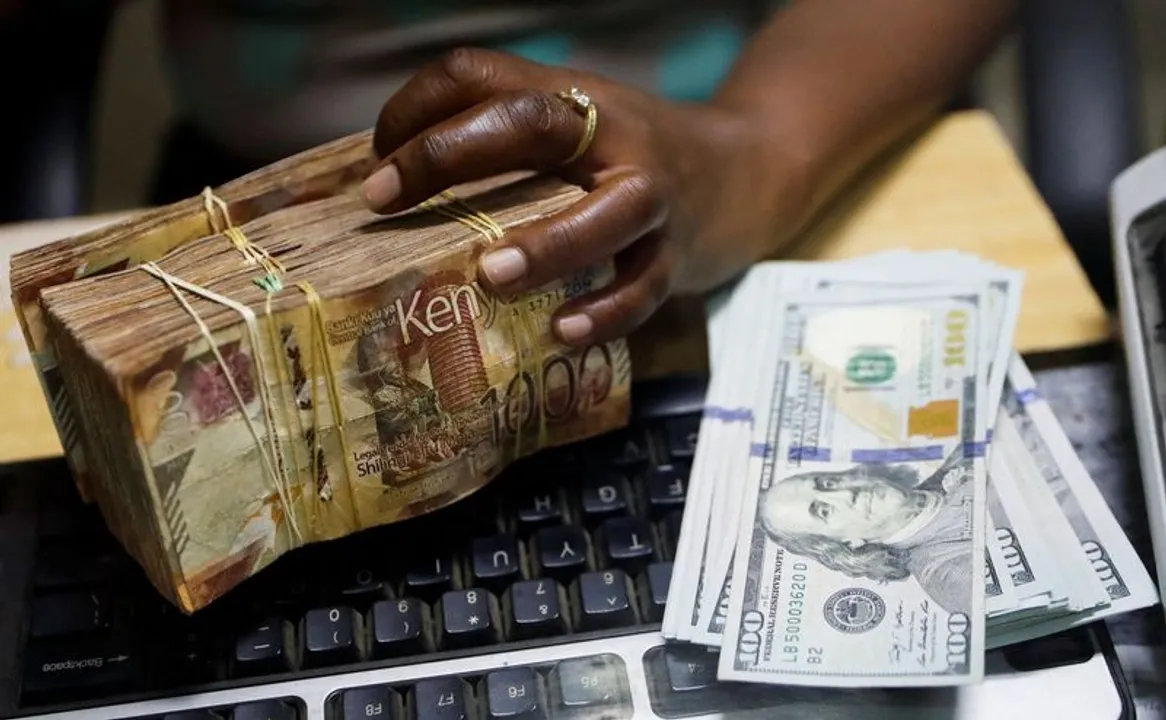
Governments change currency generally through a structured and phased policy process involving public awareness campaigns and multiple legal, economic, and logistical measures.
Following high level consultations, a change of currency is usually proposed by the county’s central bank which is responsible for monetary policy, including managing the quantity of money in circulation.
It is then, upon receipt of legislative or executive approval, printed and minted under the auspices of the apex bank.
Changing a national currency may entail positive and negative repercussions.
According to the IMF, positive effects of conversion include reduction of fraud and tax evasion that could, in the long-term, increase the GDP and efficiency of the pricing system by bridging the gap between the official exchange rate and the parallel market rate.
To maximise the positive outcomes and avert the negative repercussions and ensure a smooth transition, a currency change, whether an abolition or a replacement, requires coordination with the relevant authorities, careful planning, prudent management and transparent execution.
This approach would avoid negative consequences that may include a liquidity crunch and short-term disruption or slowdown of business activities, particularly in cash-dependent sectors, mostly affecting small businesses and low wage workers.
Otherwise, a poorly managed currency transition could erode public confidence, trigger general price increases and entail a high risk of inflation.
A proper, prudent and transparent management of the change process thus requires issuing a public announcement in advance explaining the reasons for change, the affected denominations, the procedures for exchange, transitional period and exchange window during which the old and new currencies circulate together; and setting the deadline for the loss of legal tender status of the old currency.
Such an approach helps build public awareness, avoid panic and enable a smooth transition from the old to the new currency without any political, economic, social or military repercussions.
Hence, the often-repeated assertion that Eritrea’s creation of its own currency triggered a trade war that eventually triggered the 1998-2000 all-out war between Eritrea and Ethiopia is unfounded.
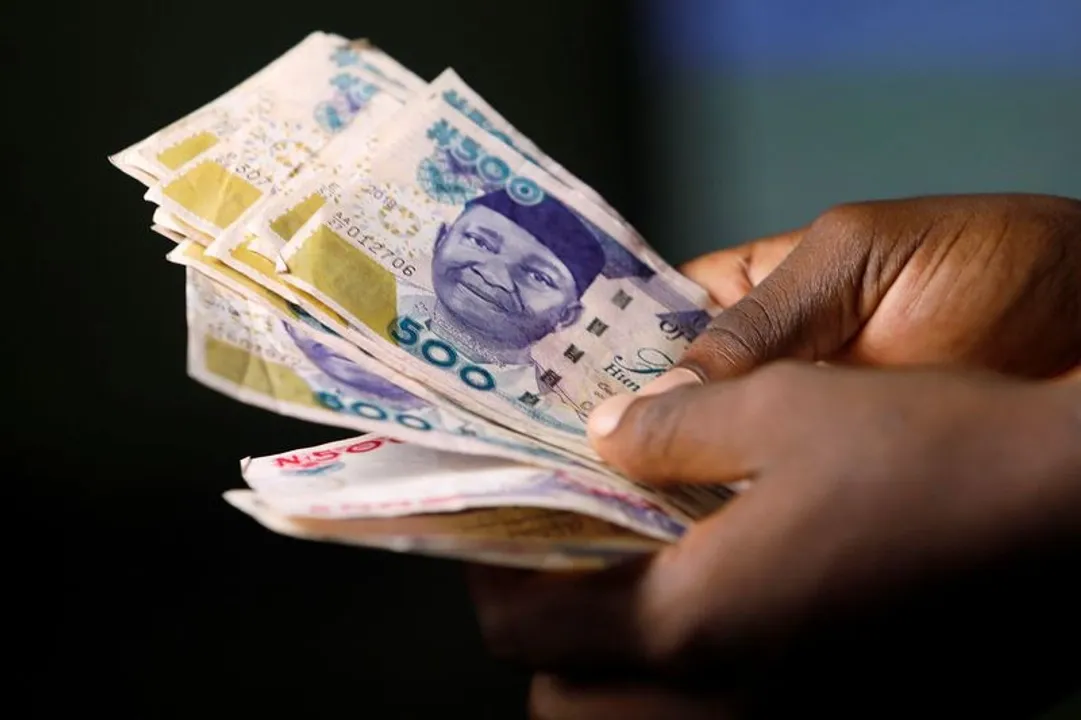
Eritrea used the Ethiopian Birr (ETB) as legal tender during the federation (1952-1962) and annexation (1962-1991).
Following Eritrea’s independence, the two countries agreed that it would continue using the ETB pending the issuance of its own currency; Ethiopia would replace the old with new Birr denominations at the time that Eritrea issues its currency; and the process would be managed through bilateral coordination.
However, there arose discord with the launch of the Nakfa (ERN) in May 1997 over the exchange rate between the two currencies and the choice of a payments mechanism for their bilateral trade.
Eritrea proposed parity between the ERN and the ETB and a payments system that lets the two currencies float and be freely mutually convertible and allows bilateral trade transactions with or without Letters of Credit (LCs).
Ethiopia, on the other hand, insisted on the use of the USD as the official medium of exchange between the ETB and the ERN and the use of an LC system, except in the case of cross border petty trade not exceeding ETB 2,000 in value.
Thus, despite the disagreement over trade finance, the assertion that the issuance of the ERN was a cause of a trade war or the full-scale border war remains a false narrative.
The author, Ambassador Anderbrhan Welde Giorgis, is a diplomat, politician and economist credited with overseeing the birth of the Nakfa as the first governor of the Bank of Eritrea.
Disclaimer: The views expressed by the author do not necessarily reflect the opinions, viewpoints and editorial policies of TRT Afrika.
Comments
No comments Yet








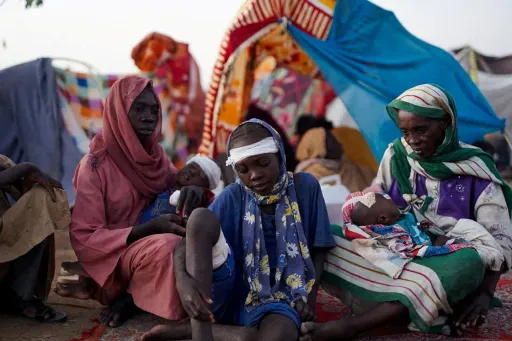
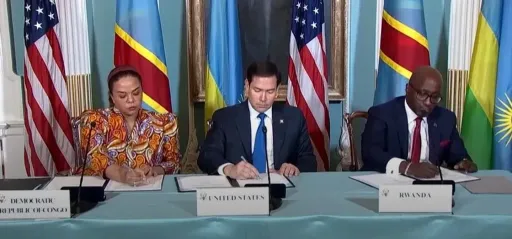




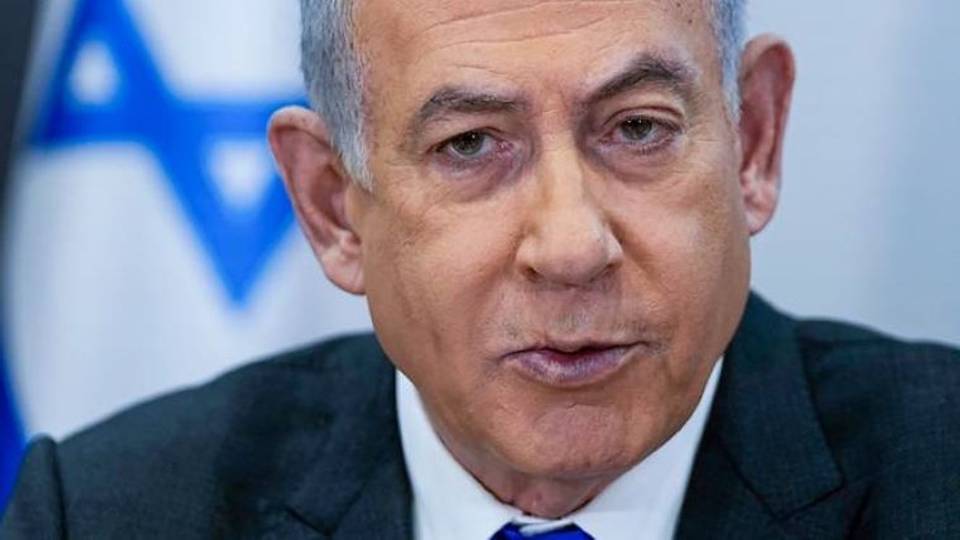





Comment